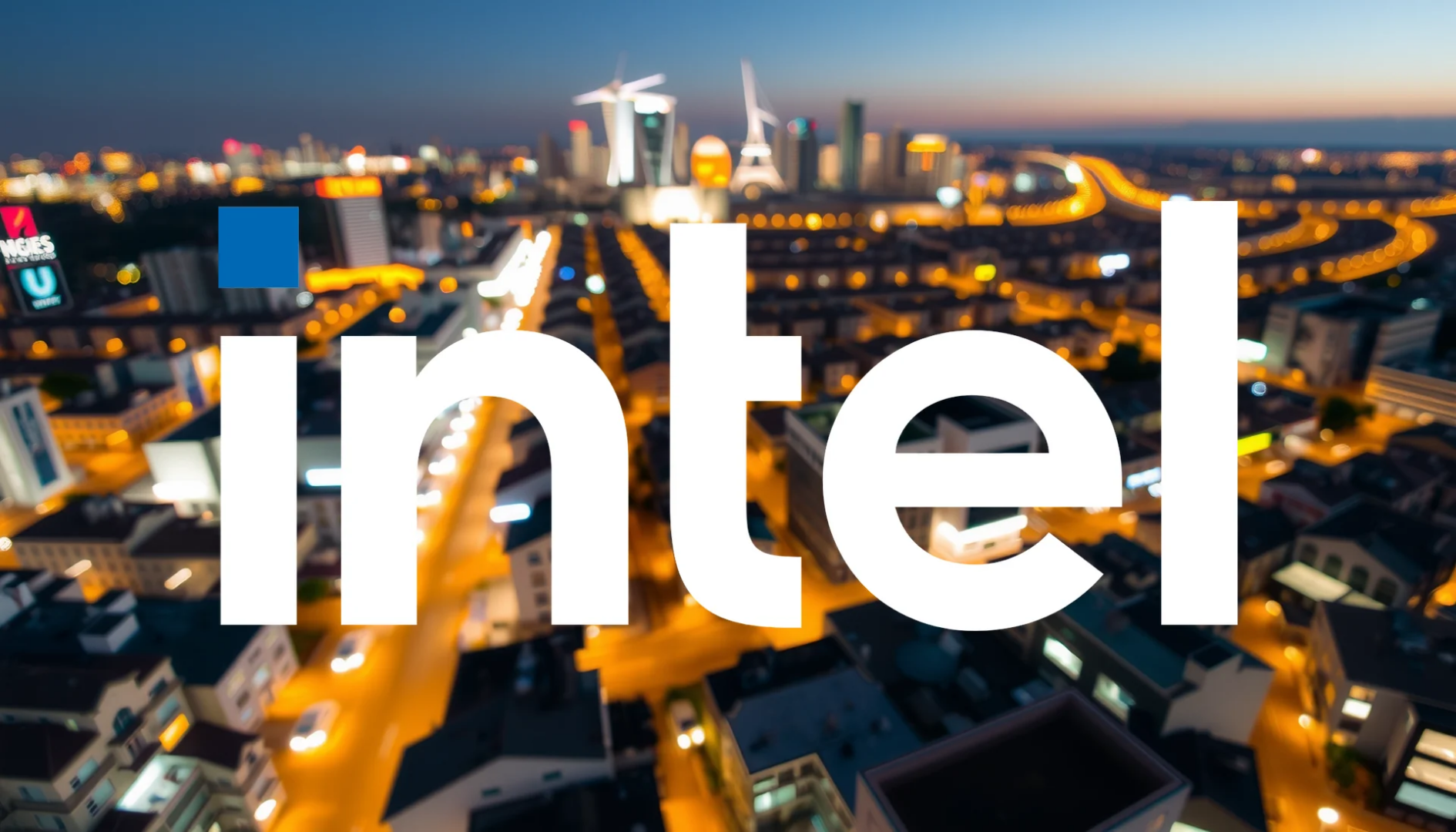Intel is pursuing one of the most ambitious corporate turnarounds in the technology sector, implementing severe cost-cutting measures and forging strategic financial alliances. Market participants have responded positively to these developments, driving substantial share price appreciation. However, significant operational hurdles remain before the semiconductor pioneer can declare its recovery complete.
Strategic Divestiture and Capital Infusions
The chipmaker’s restructuring strategy gained substantial momentum with a major divestiture. Intel finalized an agreement to sell a 51% controlling stake in its programmable chip subsidiary Altera to private equity firm Silver Lake for $3.3 billion. This strategic move immediately strengthens the company’s balance sheet while generating operational savings.
This transaction represents just one component of a broader financial overhaul. Under CEO Lip-Bu Tan’s leadership, Intel has established an aggressive savings program targeting cumulative reductions of $1.8 billion by 2026. The company has already adjusted its 2025 cost objective downward by $200 million to $16.8 billion, demonstrating early progress in its financial realignment.
High-Profile Backing for Critical Operations
Intel’s transformation has attracted support from influential quarters. Graphics chip leader Nvidia has committed $5 billion toward Intel’s restructuring, while the U.S. government is converting CHIPS Act funding into a $5.7 billion equity position representing a 10% stake in the company.
Should investors sell immediately? Or is it worth buying Intel?
These substantial capital injections arrive at a crucial juncture. Intel’s foundry business, which provides contract manufacturing services, reported substantial losses of $3.1 billion during the second quarter. The government’s investment is specifically intended to stabilize this strategically vital yet currently unprofitable division and position it for future competitiveness.
Substantial Challenges Remain
Despite these encouraging developments, Intel’s path to full recovery presents formidable obstacles. The valuation of the Altera spinoff at $8.75 billion falls significantly below the nearly $17 billion acquisition price Intel paid for the company in 2015. Additionally, the restructuring plan includes workforce reductions affecting 75,000 positions, representing one of the largest corporate downsizing initiatives in recent technology history.
Market optimism about Intel’s prospects is already reflected in its stock performance, with shares advancing more than 49% since the beginning of the year. This substantial gain indicates strong investor confidence in management’s turnaround strategy. The ultimate test, however, will be whether Intel can reclaim its technological leadership position while bringing its foundry operations to profitability. Upcoming quarterly financial results will provide critical insight into whether this comprehensive restructuring is achieving its intended objectives.
Ad
Intel Stock: Buy or Sell?! New Intel Analysis from December 31 delivers the answer:
The latest Intel figures speak for themselves: Urgent action needed for Intel investors. Is it worth buying or should you sell? Find out what to do now in the current free analysis from December 31.
Intel: Buy or sell? Read more here...











